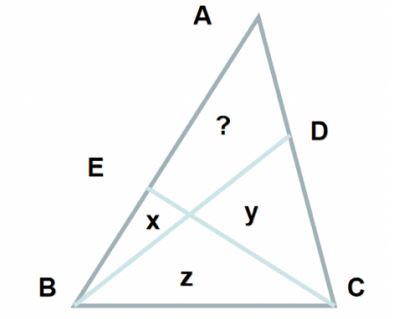
| Online Judge | Online Exercise | Online Teaching | Online Contests | Exercise Author |
|
F.A.Q Hand In Hand Online Acmers |
Best Coder beta VIP | STD Contests DIY | Web-DIY beta |
Magic Square
Time Limit: 2000/1000 MS (Java/Others) Memory Limit: 131072/131072 K (Java/Others)Total Submission(s): 1001 Accepted Submission(s): 750
Problem Description
A magic square is a $3 \times 3$ square, where each element is a single digit between 1 and 9 inclusive, and each digit appears exactly once. There are 4 different contiguous $2 \times 2$ subsquares in a magic squares, which are labeled from 1 to 4 as the following figure shows. These $2 \times 2$ subsquares can be rotated. We use the label of the subsquare with an uppercase letter to represent a rotation. If we rotate the subsquare clockwise, the letter is 'C'; if we rotate it counterclockwise, the letter is 'R'. The following figure shows two different rotations.

Now, given the initial state of a magic square and a sequence of rotations, please print the final state of the magic square after these rotations are performed.

Now, given the initial state of a magic square and a sequence of rotations, please print the final state of the magic square after these rotations are performed.
Input
The first line of input is a single integer $T$ $(1 \leq T \leq 100)$, the number of test cases.
Each test case begins with a single integer $n$ $(1 \leq n \leq 100)$, the number of rotations. It is then followed by a $3 \times 3$ square, where every digit between 1 and 9 inclusive appears exactly once, representing the initial state of the magic square. The following $n$ lines describe the sequence of rotations.
The test data guarantees that the input is valid.
Each test case begins with a single integer $n$ $(1 \leq n \leq 100)$, the number of rotations. It is then followed by a $3 \times 3$ square, where every digit between 1 and 9 inclusive appears exactly once, representing the initial state of the magic square. The following $n$ lines describe the sequence of rotations.
The test data guarantees that the input is valid.
Output
For each test case, display a $3 \times 3$ square, denoting the final state of the magic square.
Sample Input
1 2 123 456 789 1C 4R
Sample Output
413 569 728
Source
| Home | Top |
Hangzhou Dianzi University Online Judge 3.0 Copyright © 2005-2025 HDU ACM Team. All Rights Reserved. Designer & Developer : Wang Rongtao LinLe GaoJie GanLu Total 0.000000(s) query 1, Server time : 2025-04-01 10:03:51, Gzip enabled |
Administration |